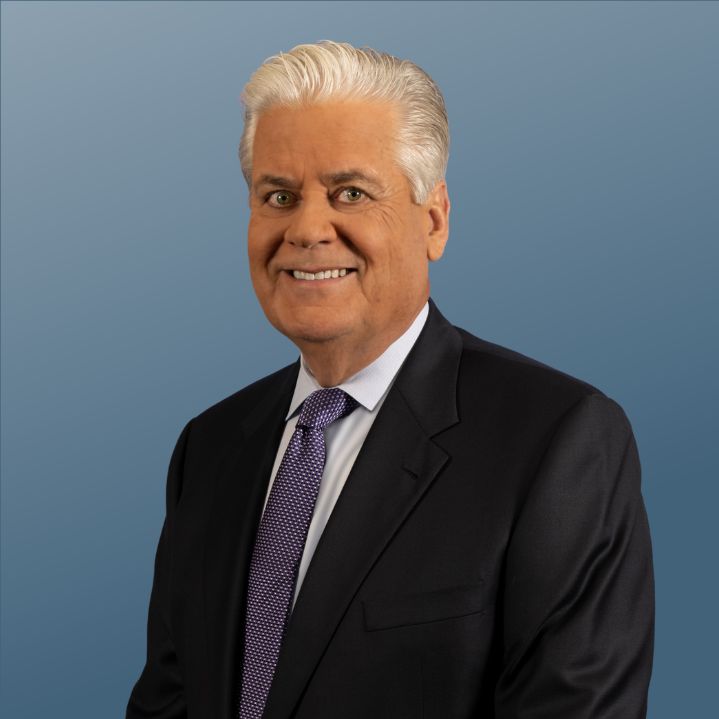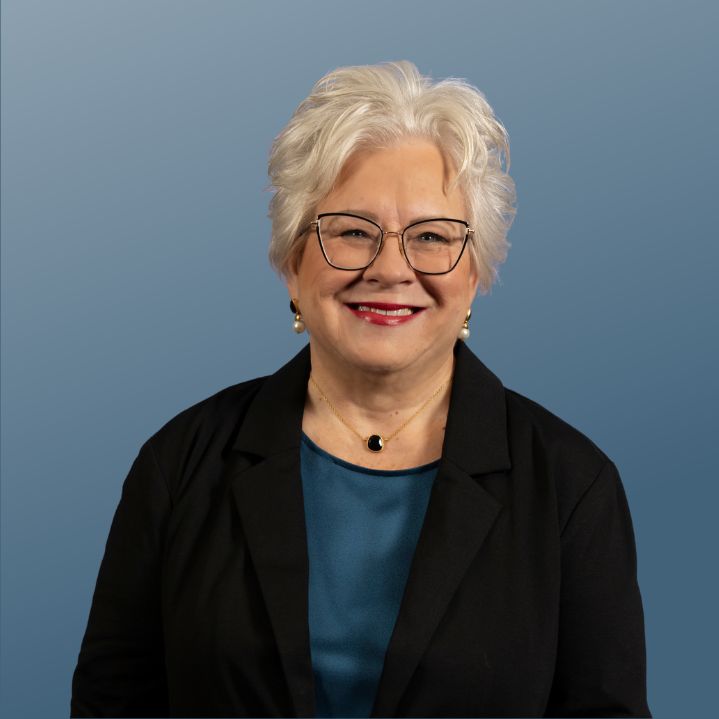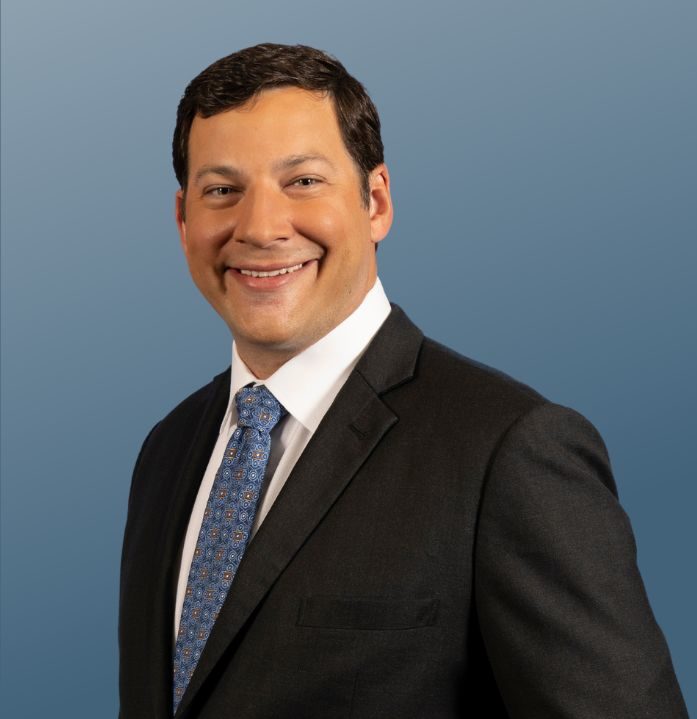Previously, we have discussed the difficulty many business owners have “getting out of their canoe” and, as a result, fail to adequately plan their exit – whether voluntary or involuntarily.
 Once a business owner manages to get into their canoe and starts paddling at a steady rhythm, he or she might be unwilling to face the reality that, eventually, the ride will end. By planning an orderly exit that includes signed agreements and other documentation related to contingencies for either a planned exit or one via death or disability, one foot is out of the canoe.
Once a business owner manages to get into their canoe and starts paddling at a steady rhythm, he or she might be unwilling to face the reality that, eventually, the ride will end. By planning an orderly exit that includes signed agreements and other documentation related to contingencies for either a planned exit or one via death or disability, one foot is out of the canoe.
How does the business owner get the other foot out? Planning where the money will come from to support the plan!
Unfortunately, many entrepreneurs stop short of funding their transition strategies. Absent a method to fund the contingencies spelled out in a buy-sell, planning is largely incomplete. Life and disability insurance, positioned as a preferred funding source, is often the missing piece that completes an exit plan.
At C3 Financial Partners, we can often be heard saying “A buy-sell agreement is not a complete plan!”
Clarity
 One of the problems owners often face is incomplete buy-sell agreements. Business owners frequently begin the process of creating a buy-sell agreement only to leave it sitting in draft form, never signed, resulting in a nonbinding agreement. It is important to complete and execute the documentation as soon as possible.
One of the problems owners often face is incomplete buy-sell agreements. Business owners frequently begin the process of creating a buy-sell agreement only to leave it sitting in draft form, never signed, resulting in a nonbinding agreement. It is important to complete and execute the documentation as soon as possible.
Another common problem is agreements that talk about what will happen at death or disability but miss other critical elements. Is the agreement funded? Is there a plan and mechanism to carry out its stated goals? Often clients have an agreement, but never create a plan to follow through and ensure implementation. For example, an agreement may call for a buyout at death, but if there is no life or disability insurance or other established funding pool, funding the liability created by the agreement could be problematic if an owner dies while they are in the business.
Another often overlooked concern is whether the life insurance ownership structure matches the terms of the agreement. The obligation to carry out the agreement lies in the actual wording of the agreement. Therefore, the funding mechanism (such as life or disability insurance) must match the agreement.
If the buy-sell agreement states that the surviving owners will buy out a deceased owner, but the insurance purchased to fund this liability is owned by the company, there is a mismatch. The individuals who are required to buy out the estate per the agreement do not have the liquidity to do so, the company does, which is problematic. And what about timing? A term policy that has terminated prior to a liability arising means no money is available (unlike with permanent insurance).
The planning specialists at C3 Financial Partners work with clients and their advisors in planning for a successful exit by implementing a life and disability insurance funding solution that matches the intent and direction of a documented buy-sell agreement.
 In considering how funding should be positioned, there are questions to be considered:
In considering how funding should be positioned, there are questions to be considered:
- How does the surviving owner(s) or new owner(s) get the cash?
- Does the company distribute the proceeds to the surviving owner(s) or new owner(s)?
- If so, is this income taxable?
- Is it a distribution, and does it reduce basis in the company?
- What does this all mean to the deceased owner’s estate?
- Does the estate receive a distribution as well?
The questions that result can be complex, and unplanned tax exposure that follows can take vital dollars away from a buyout plan.
Options other than life insurance exist for funding a buy-sell agreement. For example, owners can complete a buyout with a loan or create a sinking fund (essentially setting aside savings). Or they may attempt to fund the liability from the business’s cash-on-hand, though this might cripple a business.
When considering the options, life and disability insurance are usually the most efficient method to fund these liabilities. After all, it’s a simple mechanism for paying out cash at the exact time it’s needed.
C3 Financial Partners works as a part of a client’s advisory team in evaluating which funding method is optimal for each client’s unique transition plan.
Confidence
When life and disability insurance are the chosen funding mechanisms, putting the correct policy in place is critical. Is the insurance product suitable for the goals of the arrangement? For example, if the owner plans to sell the business within a short timeframe, then a policy that has the ability to be transferred to the exiting owner for use in their estate planning may be desirable.

Conversely, policies which may be held for many years can also be structured to serve multiple purposes. A long-term care rider can provide liquidity should the insured owner meet the definition of requiring such care. Also, the cash value component of permanent policies can provide immediate liquidity for the company to use for a variety of needs: disability payments, business cash needs or supplemental income.
And with the rise of complex family enterprises (where one family owns multiple businesses), coordinating insurance across all the businesses to ensure every potential liability is covered correctly and the appropriate insurance has been placed is key.
It is always important to regularly review policies. Whether owned by an individual, trust or a company, life insurance is usually the largest unmanaged asset. Given the changes that can occur in any business over a year, C3 Financial Partners recommends an annual review to make sure the amount of insurance and how it is structured and owned matches the needs of the business and its owner(s).
Coordination
Let’s work together to make a graceful exit out of the canoe successfully for business owners. By incorporating insurance as the funding mechanism for buy-sell and key-person plans, a business owner can transition from their business on their own terms. At C3 Financial Partners, we look forward to helping our clients gain clarity in their goals and objectives, confidence that they are making the right decisions, and providing coordination with their other advisors.
Securities offered through Valmark Securities, Inc. member FINRA, SIPC. Investment advisory products and services offered through Valmark Advisers, Inc., an SEC Registered Investment Advisor. Representatives may transact business, which includes offering products and services and/or responding to inquiries, only in state(s) in which they are properly registered and/or licensed. C3 Financial Partners is a separate entity from Valmark Securities, Inc. and Valmark Advisers, Inc.
 ™
™



